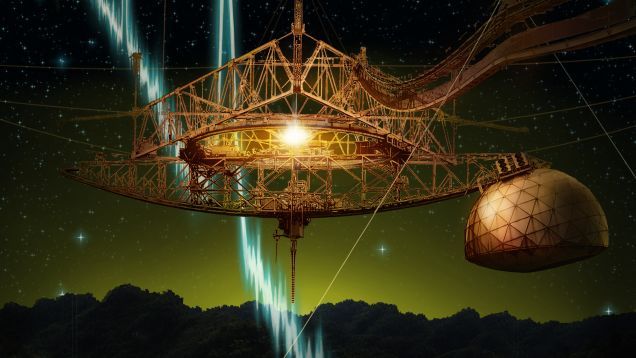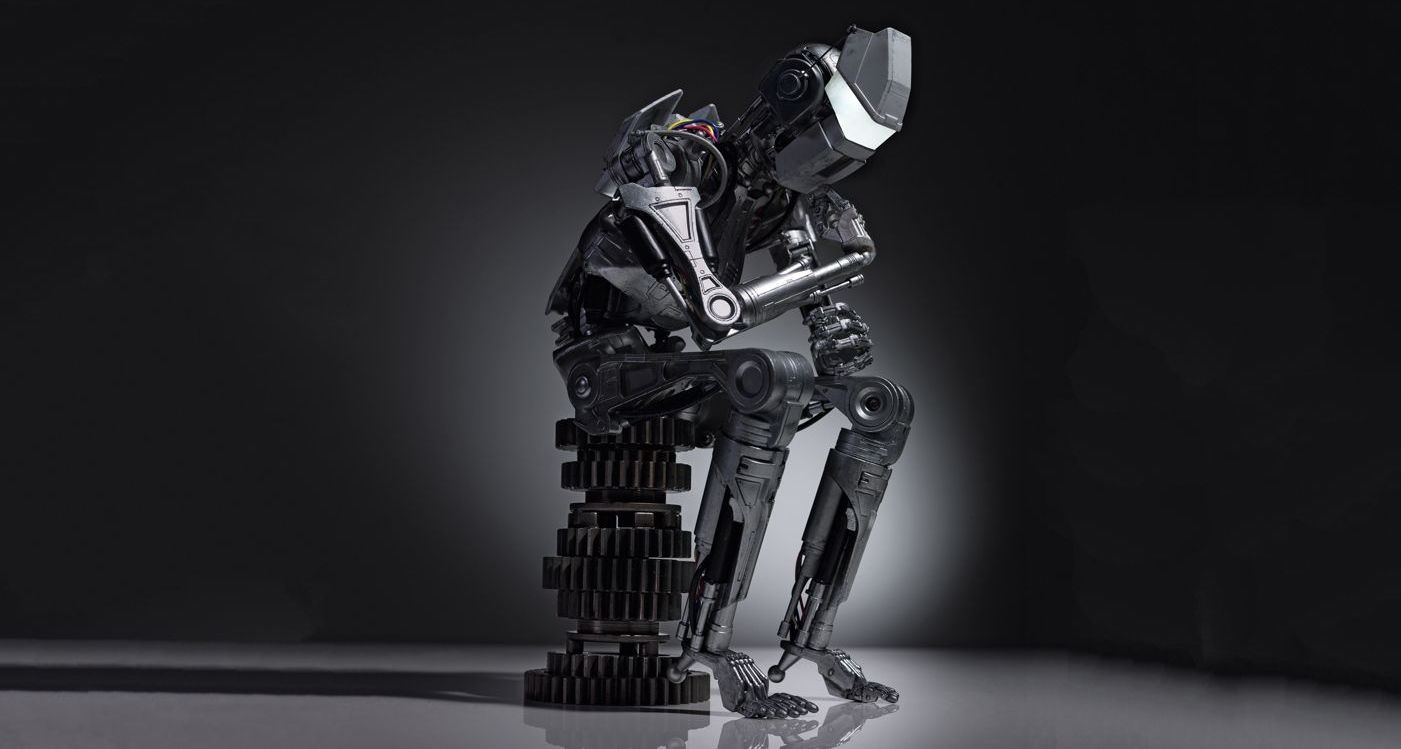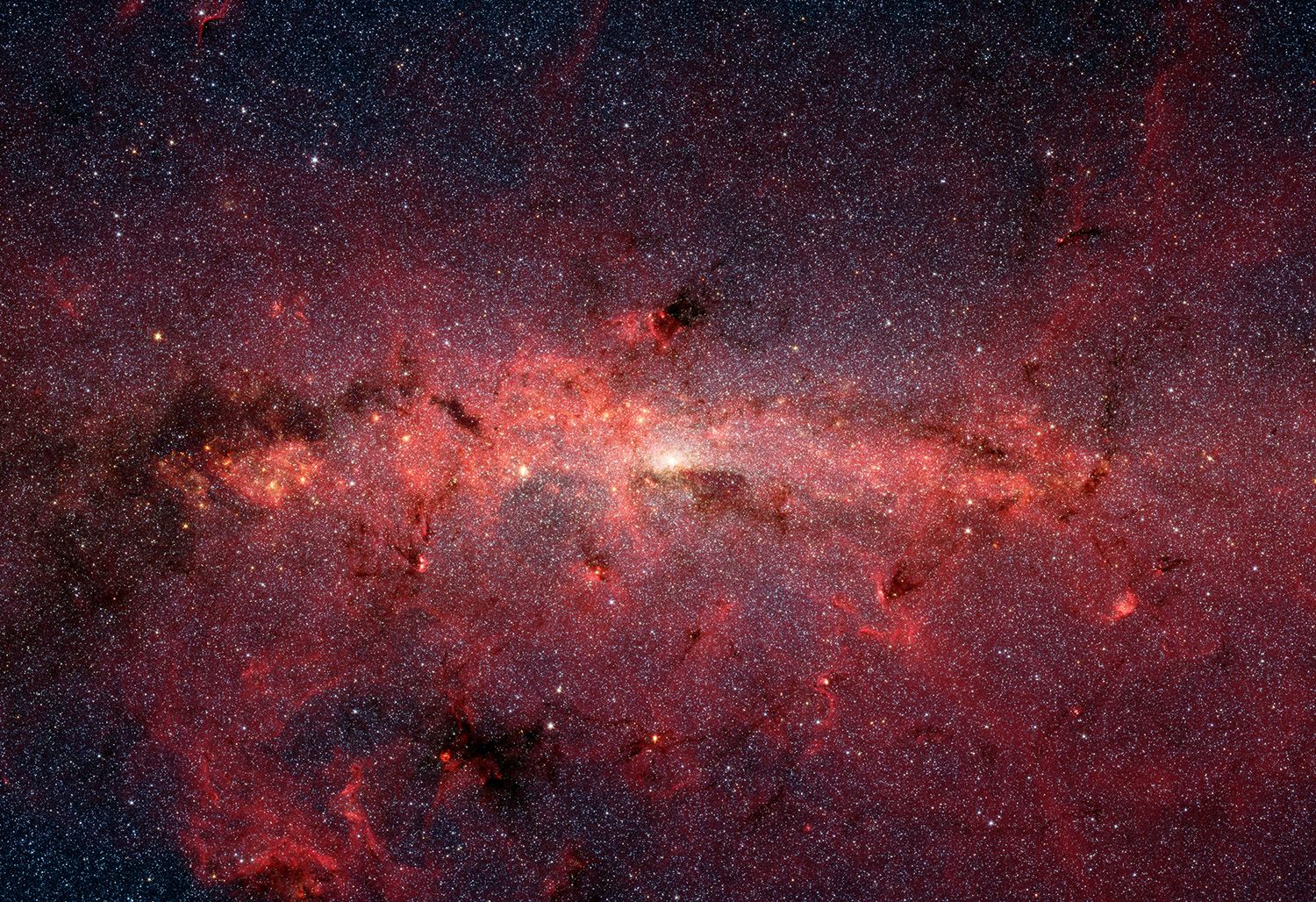Mar 2, 2016
Mysterious Cosmic Radio Bursts Just Got Even More Interesting
Posted by Sean Brazell in categories: energy, space
Fast radio bursts, or FRBs, are a source of endless fascination. But despite a decade of observations, not all astronomers are sure that they’re real. A study out in Nature today, which reports the very first recurring FRB, is now causing lingering skepticism to evaporate.
“I think this is pretty huge,” Peter Williams, an astronomer at Harvard’s Center for Astrophysics who was not involved with the study, told Gizmodo. “For awhile, I wasn’t sure these things were genuinely astrophysical. This paper settles the question.”
And Williams is not one to take splashy new claims about FRBs—high energy radio pulses of unknown origin, which flit across the sky for a fraction of a second—lightly. In fact, he’s spent the last week raising major doubts about another recent study, which, as Gizmodo and other outlets reported, claimed to have pinpointed the location of an FRB in space for the first time.
Continue reading “Mysterious Cosmic Radio Bursts Just Got Even More Interesting” »

















